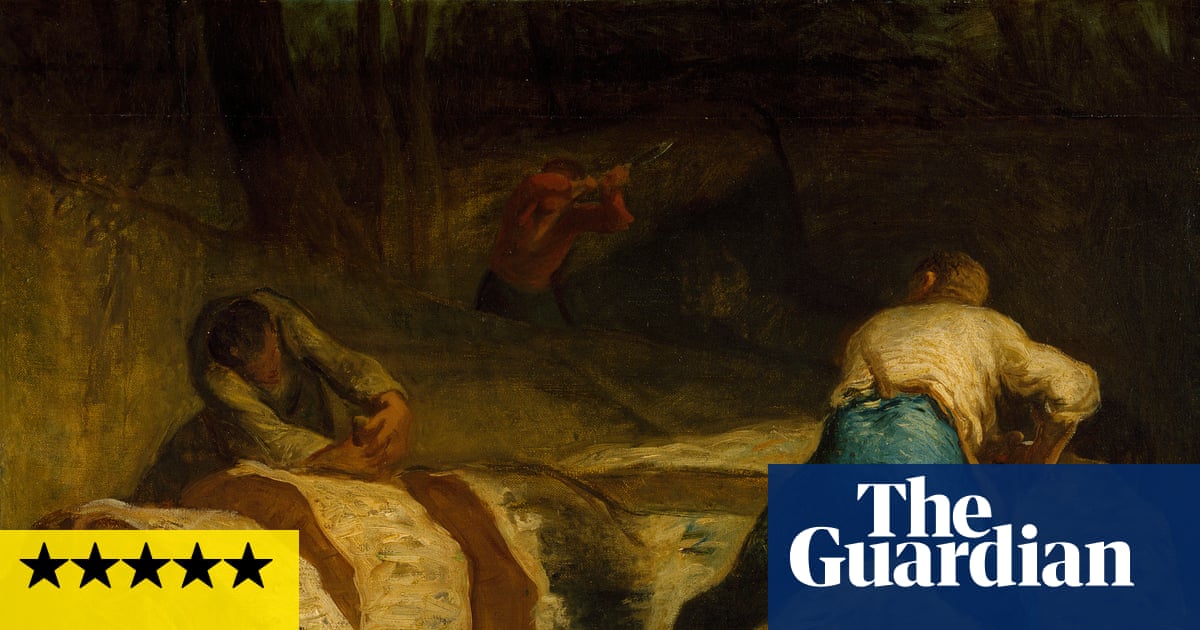
"Millet made it his life's work to portray the rural poor, a class that had been denied full humanity. He depicts lives of backbreaking toil but wants you to see that, behind the hoe, is a human being with a mind, a body, desires."
"The phallic prongs of a thick wooden potato fork and wheelbarrow shafts add to the feeling that, now the working day is done and they're saying their prayers, they can finally get to bed."
"Millet's The Angelus is not so much a religious as an erotic landscape, the climax of his love affair with the French peasantry."
"In The Winnower, a man throws grains in the air in a golden mist to separate the wheat from the chaff, presenting the moment as full of heroic drama."
Jean-Francois Millet's 1859 painting The Angelus features obscured faces of two figures, raising questions about their relationship. They appear as a young man and a woman, possibly a married couple or mother and son. The artwork emphasizes intense physicality with tools suggesting a shift from work to prayer. Millet's portrayal of the rural poor aims to show their humanity and desires amid backbreaking labor. His works often depict the body in action, transforming repetitive tasks into heroic moments that underscore the dignity of rural life.
Read at www.theguardian.com
Unable to calculate read time
Collection
[
|
...
]